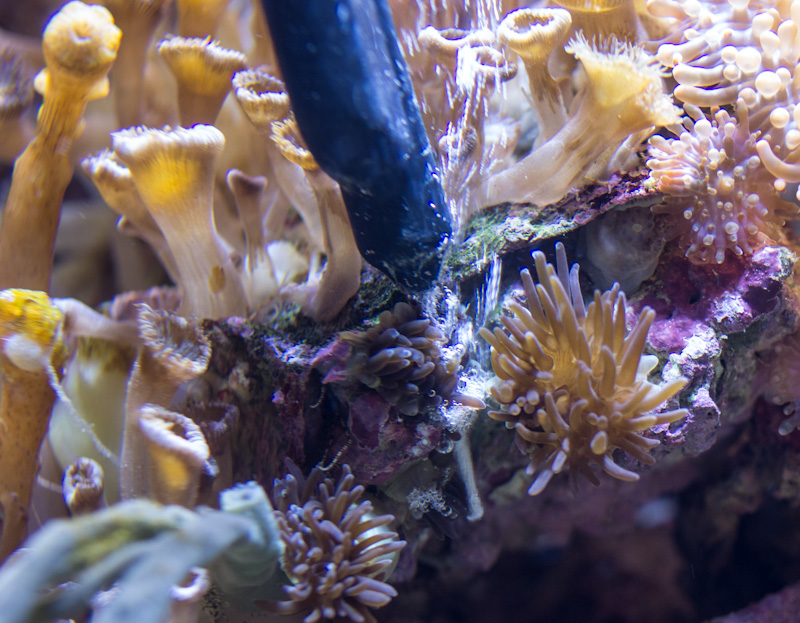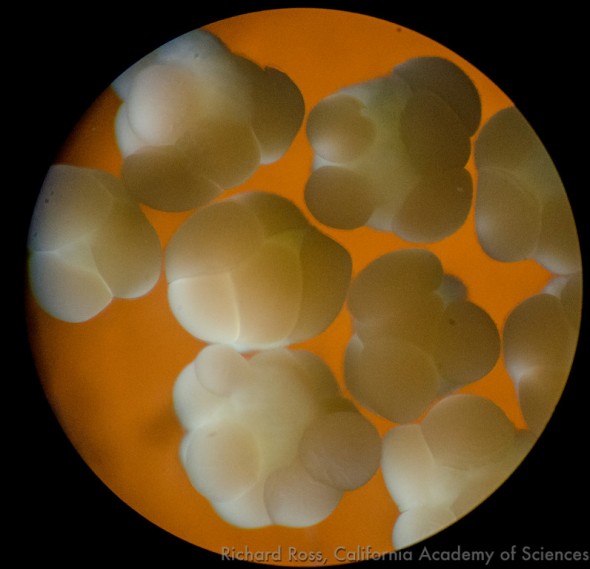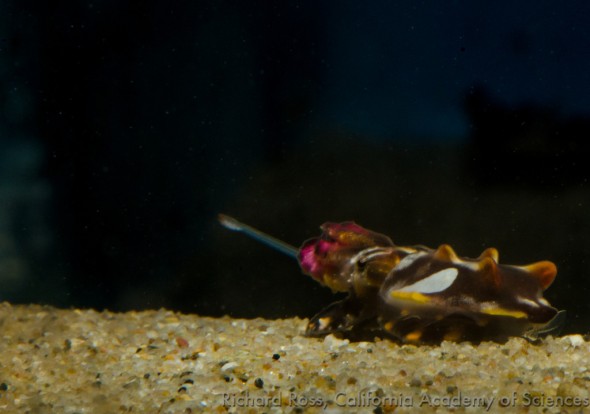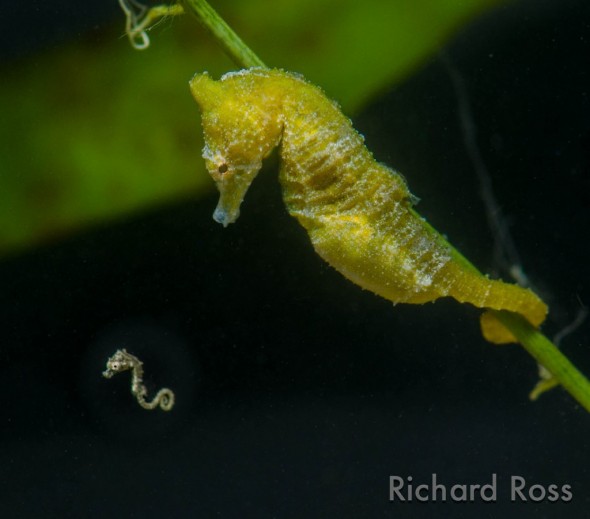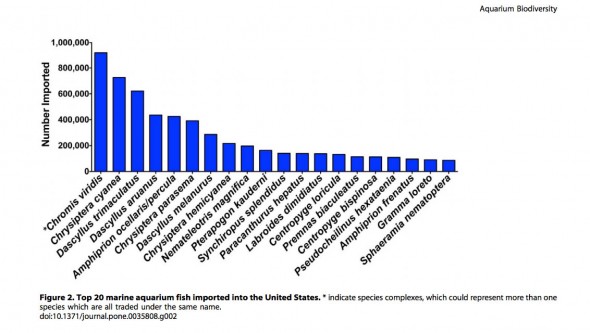The Majano Wand – a must have in the fight against pest anemones
Pest anemones can be worse than a piece of popcorn stuck between your teeth; they annoyingly consume all of your attention, they multiply quickly, sting animals you like and it seems like no matter what you do to control them, there are always a few that appear impervious to any attempt at eradication. As part of the anti pest anemone kit the Majano wand is an easy to use, quite effective and cathartic way to deal with pest anemones in a reef tank. (more…)
